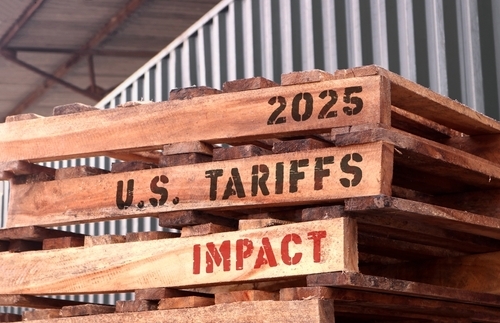Most shoppers plan to spend less this year for back-to-school purchases as they struggle with personal finances, according to Deloitte’s 17th annual back-to-school survey. The consulting firm surveyed 1,198 U.S. parents of school-aged children in May 2024.
Back-to-school spending per child, by income bracket
Deloitte estimates that shoppers will spend $586 per child for back-to-school products, including supplies, apparel and technology. This is down slightly from the $597 per child in 2023. Overall, Deloitte estimates shoppers will spend $31.3 billion on back-to-school products in 2024, roughly flat compared with $31.9 billion in 2023.
Middle-income shoppers will decrease their back-to-school spending the most, dropping to $552 per child in 2024 from $609 in 2023. Here’s the breakdown:
- Low-income shoppers (earning less than $50,000 per year) will decrease spend 4% year over year.
- Middle-income shoppers ($50,000-$99,000) will decrease spend 9% year over year.
- High-income shoppers ($100,000 and more) will increase their spend 5% year over year.
Nearly half (47%) of shoppers say they have less money to spend this year for back to school and 44% are concerned about the economy. These are the top reasons why they are spending less for back-school, even though 67% of shoppers say prices are higher than last year.
Shoppers are going into the back-to-school spending season with the mindset of what they can get away with as the minimal viable purchase, said Lupine Skelly, retail research leader at Deloitte. “Where needed, they’ll replenish or supplement later in the year,” she added.
Price tops loyalty for back-to-school shoppers
To save money this back-to-school season, parents will become less loyal and will freely switch their preferred brands to save money, according to the Deloitte survey. Parents agreed or strongly agreed with the following statements:
- 67% will shift brands if the preferred brand is expensive.
- 62% will shop at affordable retailers over preferred ones.
- 62% will aim to shop within a fixed budget.
- 50% will shop private label over name brands.
“This season will be a challenge to loyalty as deal-focused consumers trade brands and shop multiple stores to hunt for the best deal,” Skelly said. “Marketers should consider shoring up loyalty programs and offering incentives to keep consumers shopping all season long as loyal back-to-school shoppers spend 35% more.”
Another way marketers could boost sales this back-to-school season is to encourage splurge purchases, xxx said. According to the survey, 85% of parents say they can be influenced by their children to splurge on their must-have back-to-school brands and products.
“There’s opportunity to engage children in the shopping journey by creating a fun and memorable shopping experience for them,” Skelly said. “This could increase retailers appeal to parents and encourage splurge purchases.”
As holiday shopping starts earlier every year, so does back-to-school shopping. Deloitte estimates 14% of back-to-school shopping will occur before July, compared with 10% in 2023. In fact, 66% of back-to school shopping will occur in July or before, Deloitte estimates, compared with 59% in 2023.

A majority of consumers believe the best deals are earlier in the season, which drives the earlier spending. Summer sales events in July, including Amazon’s Prime Day and the subsequent competing sales from Target, Walmart, Macy’s, Kohl’s and others, also drives early back-to-school spending.
Where consumers are back-to-school shopping
Mass merchants and online are the top shopping destinations and the channels shoppers plan to spend the most at. 40% of shoppers say they plan to spend the most at mass merchants and 21% say they will spend the most at online retailers.
Online shopping and store shoppers often offer competing benefits, according to Deloitte’s survey. For example, 70% of shoppers say stores offer the best product quality compared with 30% of shoppers who say online does. But 74% of shoppers say online offers the best time savings, while only 26% of shoppers say stores do.

 Network
Network

